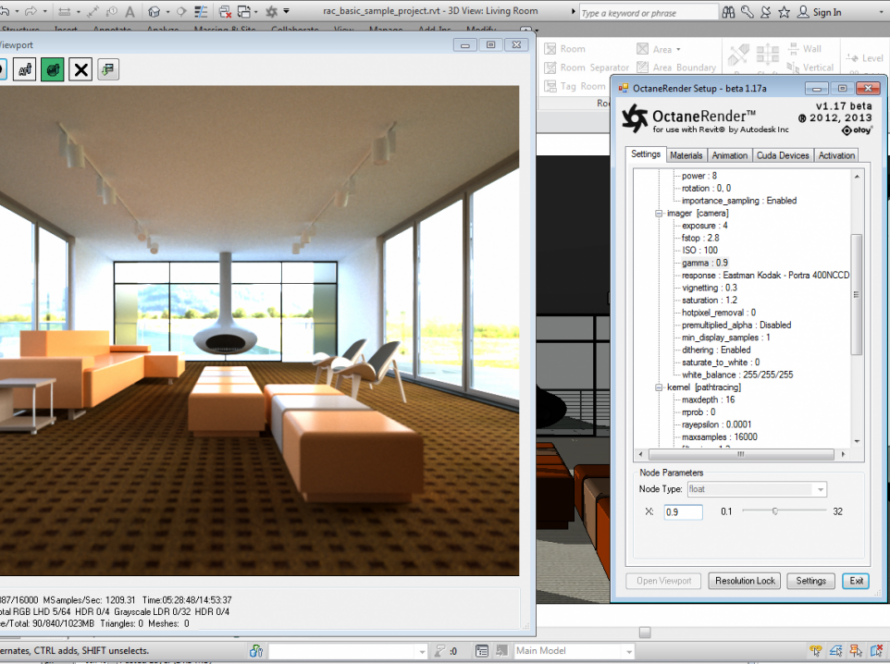In the world of animation, there are a lot of different factors that go into the price of a final product. One of the most important factors is the price per second. The price per second is important because it determines how long the final product will be. The longer the animation, the more expensive it will be. However, there are ways to save money on your animation project by knowing what to look for in a company. In this blog post, we will explore some tips on how to get the best price per second for your animation project. By following these tips, you can be sure to get a high-quality product at a reasonable price.
How much does animation cost?
Animation is a complex process that requires a lot of time and effort to create. The average cost of animation can vary depending on the length and complexity of the project. For example, a simple 2D animation could cost as little as $500, while a more complex 3D animation could cost upwards of $10,000.

Of course, the cost of animation also depends on the specific skills and experience of the animator. For example, an experienced animator with a strong portfolio could charge upwards of $100 per hour, while a less experienced animator might only charge $50 per hour.
How to calculate the price of animation?
To calculate the price of animation, you need to consider three factors: the length of the animation, the number of frames, and the complexity of the animation.
The length of the animation is measured in seconds, and it’s generally the most important factor in determining price. The shorter the animation, the less it will cost. The number of frames is also important; more frames means more work for the animator, and therefore a higher price. Finally, complexity is a factor; if an animation is simple, it will be less expensive than one that is highly detailed or has lots of movement.
What are the different types of animation?
There are several different types of animation that can be used in movies, television, and video games. The most common type of animation is traditional cel animation. This is the type of animation that was used for classic Disney movies like Snow White and the Seven Dwarfs. In cel animation, each frame of the film is hand-drawn on a sheet of celluloid.
Other types of animation include stop-motion, computer-generated imagery (CGI), and rotoscoping. Stop-motion animation is created by taking photographs of objects that have been slightly moved between each frame. CGI is created using computers to generate the images, while rotoscoping involves tracing over live-action footage.

How to choose the right type of animation for your project?
Choosing the right type of animation for your project can mean the difference between success and failure. There are many different types of animation, each with its own strengths and weaknesses. Here are a few factors to consider when choosing the right type of animation for your project:
- What is the purpose of the animation? Is it to entertain, educate, or sell something?
- Who is your target audience? Children, adults, or both?
- How much time do you have to complete the project?
- What is your budget?
- What skills do you have or can you outsource?

If you’re not sure where to start, here’s a quick overview of some of the most popular types of animation:
- 2D Animation: 2D animation is typically used for cartoons and short films. It involves drawing characters and objects on paper or creating them digitally and then animating them frame by frame. 2D animation is relatively simple and inexpensive to produce, but it can be time-consuming.
- 3D Animation: 3D animation is used for movies, video games, and TV commercials. It involves creating three-dimensional models of characters and objects and then animating them using computer software. 3D animation is more expensive and time-consuming than 2D animation, but it can create realistic results.
- Stop Motion: Stop motion animation is created by taking photographs of physical objects that have been slightly moved between each frame. This type of animation can be used to create realistic or whimsical results, depending on the style. Stop motion animation is relatively inexpensive and can be produced quickly, but it can be difficult to achieve smooth movements.
- Whiteboard Animation: Whiteboard animation is a type of 2D animation that uses simple line drawings on a whiteboard to tell a story. This type of animation is often used for educational or explainer videos. Whiteboard animation is relatively simple and inexpensive to produce, but it can be time-consuming.
Choosing the right type of animation for your project will depend on many factors, including your budget, timeline, and target audience. If you’re not sure where to start, try experimenting with different types of animation to see what works best for your project.
Conclusion
As you can see, the cost of animation per second can vary quite a bit depending on the company, style, and length of the project. However, on average, you can expect to pay around $60 per second for 2D animation and $100 per second for 3D animation. Of course, these prices may change depending on the specific project requirements, but this should give you a general idea of what to expect. If you’re looking for quality animation at a reasonable price, be sure to shop around and get quotes from several different companies before making your decision.





